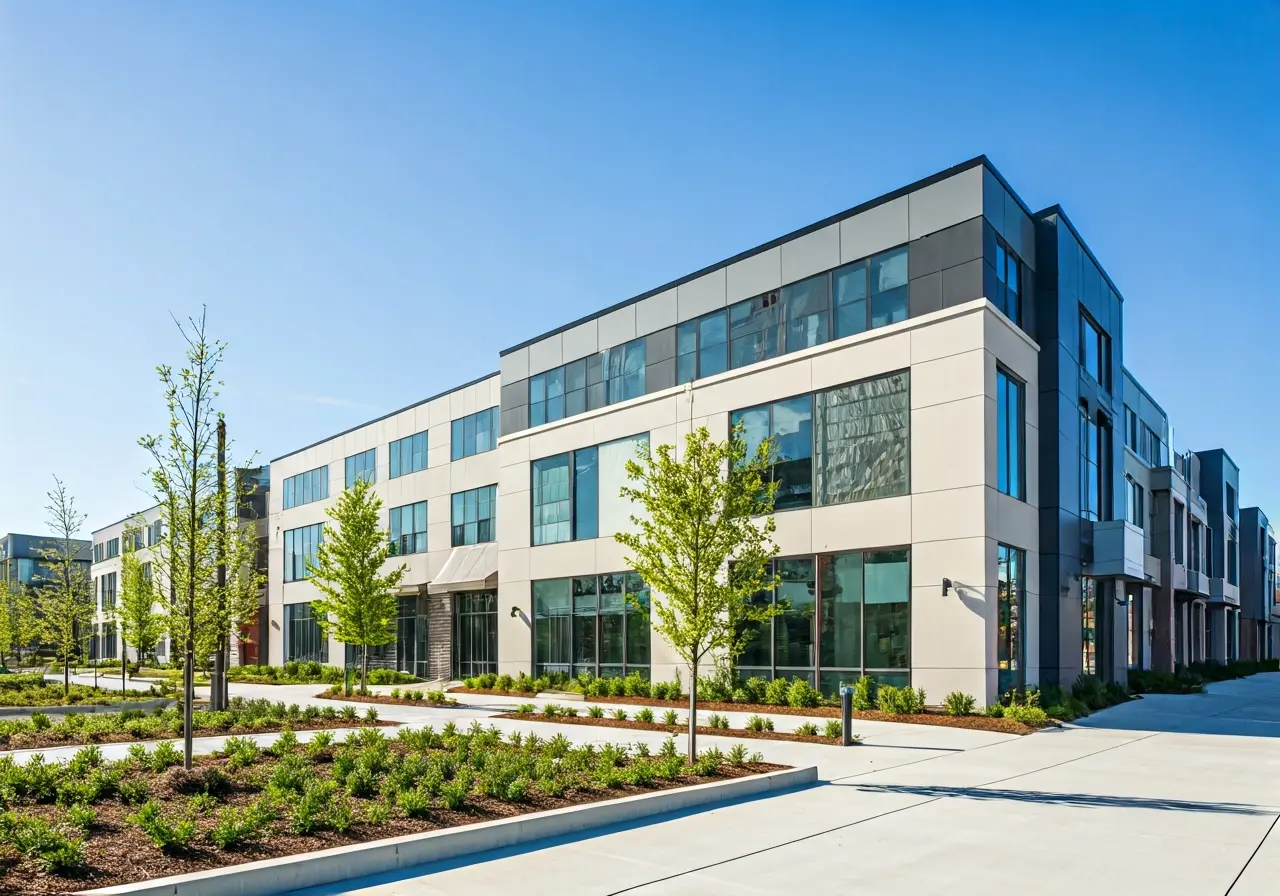Commercial real estate conversions spread revitalizing real estate value from the property at hand to the surrounding submarket and overall property sector.
U.S. office market vacancy recently hit a 30-year high while the housing market still registers a shortage of millions of homes and apartment units. One man's problem is another man's opportunity, it’s been said, and that’s reflected in the real estate world with the increasing number of conversions of commercial buildings into multifamily housing properties.
In the past decade-plus, the retail, industrial and office sectors have all gone through substantial real estate revolutions thanks to man-made (i.e., e-commerce) and pandemic disruptions. Property conversions have been a reality for decades, but those sudden shocks have brought them into greater focus, if not outright need. Behind the Facade: The Feasibility of Converting Commercial Real Estate to Multifamily, a National Multifamily Housing Council (NMHC) Research Foundation and Urban Land Institute (ULI) report, explores the feasibility and applicability of converting obsolete or underused commercial properties.
‘Adapt or die’ can seem like a simple (yet stark) decision in business, but with real estate property conversions there are many details to cover. There are many advantages, too, beyond moving from, for example, suburban office, a 23rd ranked real estate segment for investment and development prospects, to the No. 2 property segment in moderate-income apartments (averaged from its No. 1 and 3 rankings, respectively, in PwC and ULI’s 2023 Emerging Trends in Real Estate report).
According to Behind the Façade, speed and applicability are major benefits in property conversions. One developer said that six to 10 months can be saved on conversion work versus a ground-up project. Secondly, real estate repurposing works well from cities to the suburbs, according to first-hand data from the developers of 29 commercial-to-multifamily conversion projects. Lastly, one perceived disadvantage, dealing with existing occupancy before conversion work, seems to be less of an inhibiting factor. “The developers that needed to negotiate lease terminations with tenants of occupied properties did not report any impediments,” reported RE Business Online.
Adapting a building requires flexibility in planning and process, too. As REBO reported, redesign and reconfiguration can happen in real-time with conversion projects. In the high stakes business of real estate development, it’s always a good idea to have an experienced team of general contractors, architects and engineers. Not surprisingly, property conversions can throw developers a curveball or two. Call it the Forrest Gump-box of chocolates aspect of real estate.
“You really don’t know what you’re getting into until you take off the façade and walls, bring it down to the concrete,” said one developer that was converting a 1960s-vintage property. “Floor plates, column grids, floor-to-floor height, window systems, HVAC, sewer outfall and so much more need to be studied.”
Adaptive reuse and other real estate conversion projects offer great revitalizing value beyond the property in question to the surrounding submarket, sustainable savings, boosted tax revenues and a more balanced overall property sector.
“’Location, location, location’ has been the fundamental rule of the real estate industry, but to be spot on ‘highest and best use,’ another real estate maxim, must follow,” said Michael Rivera, infinitee’s creative director. “In short, be where the demand is and create — and sometimes convert — space that best optimizes the potential of the land or location. From award-winning ground-up development to national chains reimagining their built environment, we’ve been there to assist with innovation and expertise that deliver measurable marketing results.”

.jpg)
